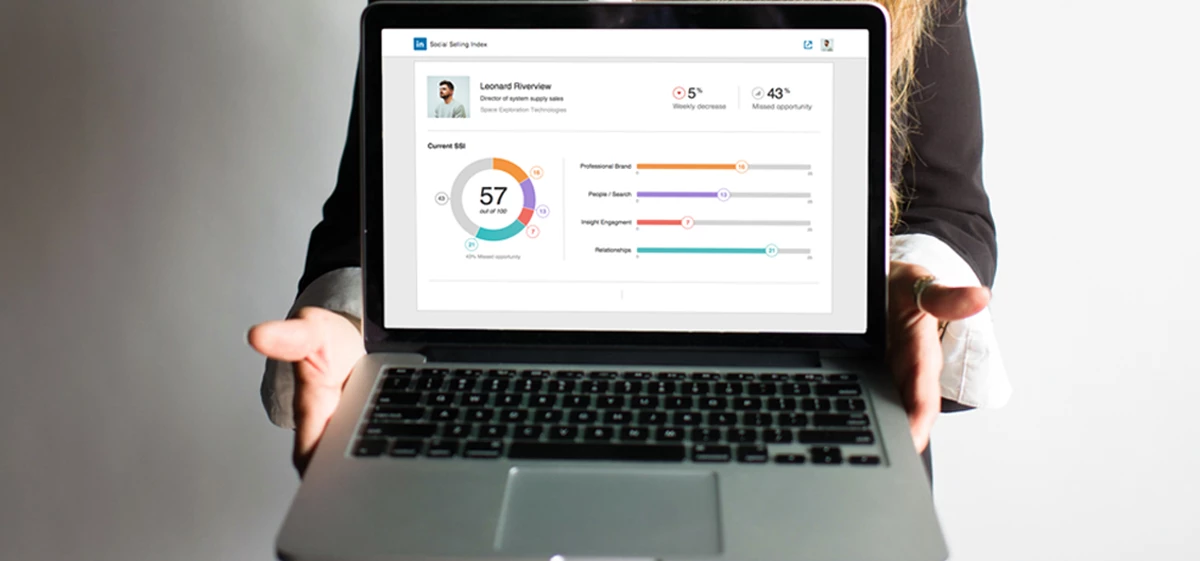
Partner Article
How to create value when selling on LinkedIn
LinkedIn is the world’s leading social network for professionals and business owners, with over 414 million users. It is, or at least it should be, a go-to resources for recruiters, sales teams and managing directors.
It should be, but many are questioning the value of LinkedIn right now, including many of those 414 million users. Founded by Reid Hoffman, in 2002, LinkedIn is one of those unfortunate tech stocks getting beaten up on Wall Street right now, along with Twitter. Investors have lost confidence.
Following the most recent earnings call, the company lost $11 billion in market value, after shares plunged 43%. Full-year forecasts were slashed to $3.60-$3.65bn, with growth around 15% in 2017 and only 10% in 2018. Previously, forecasts were aiming for 56% advertising revenue growth in Q4 2015. Some analysts think shares may still be overvalued.
According to recent data, “LinkedIn shares have lost nearly a quarter of their value in the last three months”
User backlash
LinkedIn hasn’t made any major product updates in a while - none that fundamentally alter the user-experience (unlike the recent updates from Twitter & Instagram). That could be part of the problem. However, the social network has a more serious issue, one that could be harder to solve than slowing ad revenue.
All social networks depend on users to engage and interact with one another. LinkedIn always stressed the value of connections are more beneficial than the number, but that’s getting easier to get around. Metrics matter more than quality, especially when Wall Street is watching those numbers closely.
Unfortunately, users are getting tired of one another. In particular, the lines - between personal and professional - are getting more blurred every day. The number of times users see comments urging people to stop posting images, “brain teaser” equations, spam messages and inappropriate content, is beyond counting.
In 2013, a Social Selling Index (SSI) was launched. A way of measuring how you rank compared to your connections and others in your sector. Studies show links between higher SSI scores and social selling performance. Could this be the answer to LinkedIn’s user engagement problem?
The benefits of high SSI scores?
According to various studies, those with high SSI scores:
• Generate 45% more opportunities per quarter • Get promoted 17 months sooner • Hit quota (51% more likely than those with a low SSI score)
One advocate of LinkedIn’s SSI score is Lindsey Boggs, a sales expert and keynote speaker. Naturally, she scores highly, with 99 of 100. Lindsey said in an article that “if you’re above an SSI score of 75 be proud. That is fantastic.”
However, concentrating on this score is a vanity exercise, not unlike spending a day prospecting sales but not making any calls. It’s not a metric that will earn you a promotion, since “It takes time away from prospecting and focusing on the end result: MOVING THE NEEDLE.”
Spending time on LinkedIn, working on your profile, writing and sharing content contributes to a high SSI score. But given any engagement is “good”, as far as SSI measurements go, how you contribute/engage with other users is where you add value to your social selling process. Comments on inappropriate content to show how “professional” you are, might help your score, but only serve to share that content across your network. This benefits no one, except LinkedIn’s engagement metrics.
The best way to create value on LinkedIn is to ignore those who aren’t using it properly, simply focus on making the most from the platforms features to help generate new leads and connections for your own business.
This was posted in Bdaily's Members' News section by MBJ London .
Enjoy the read? Get Bdaily delivered.
Sign up to receive our daily bulletin, sent to your inbox, for free.








 How to make your growth strategy deliver in 2026
How to make your growth strategy deliver in 2026
 Powering a new wave of regional screen indies
Powering a new wave of regional screen indies
 A new year and a new outlook for property scene
A new year and a new outlook for property scene
 Zero per cent - but maximum brand exposure
Zero per cent - but maximum brand exposure
 We don’t talk about money stress enough
We don’t talk about money stress enough
 A year of resilience, growth and collaboration
A year of resilience, growth and collaboration
 Apprenticeships: Lower standards risk safety
Apprenticeships: Lower standards risk safety
 Keeping it reel: Creating video in an authenticity era
Keeping it reel: Creating video in an authenticity era
 Budget: Creating a more vibrant market economy
Budget: Creating a more vibrant market economy
 Celebrating excellence and community support
Celebrating excellence and community support
 The value of nurturing homegrown innovation
The value of nurturing homegrown innovation
 A dynamic, fair and innovative economy
A dynamic, fair and innovative economy